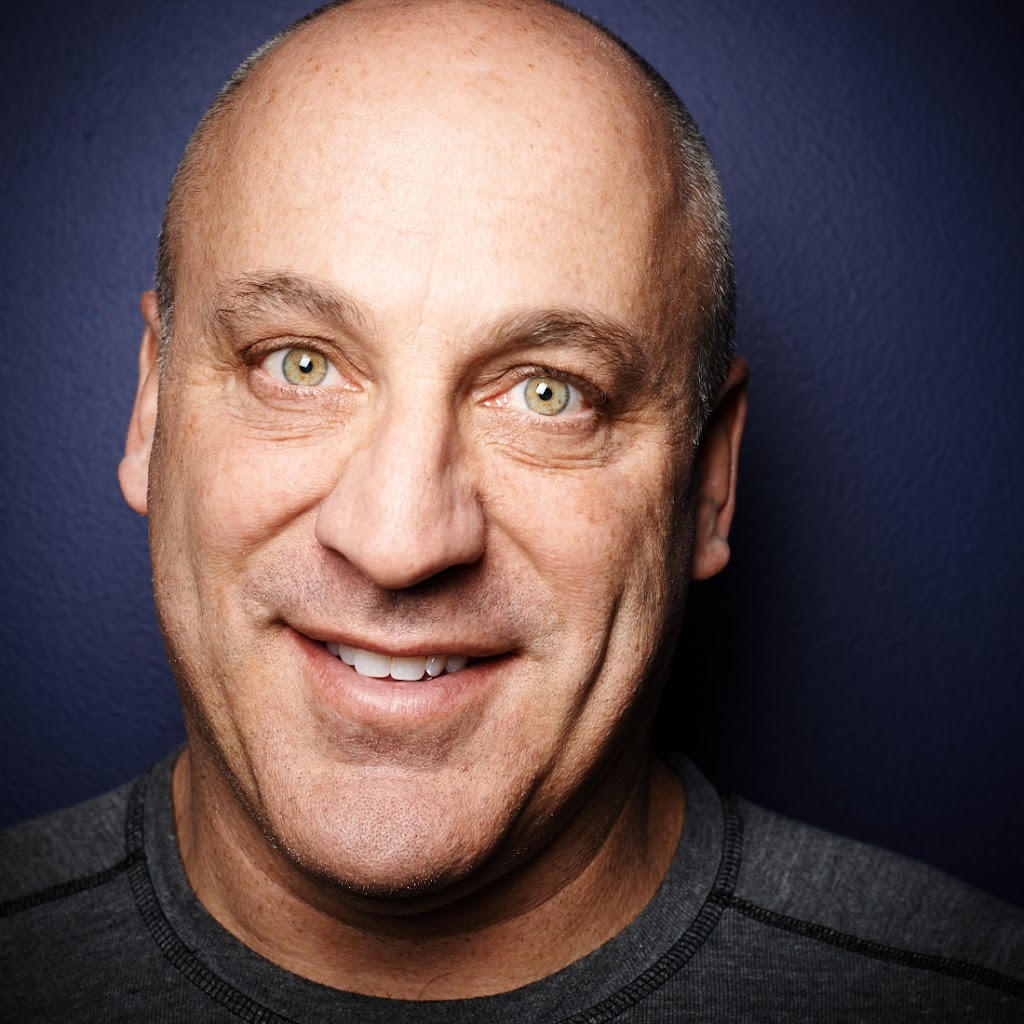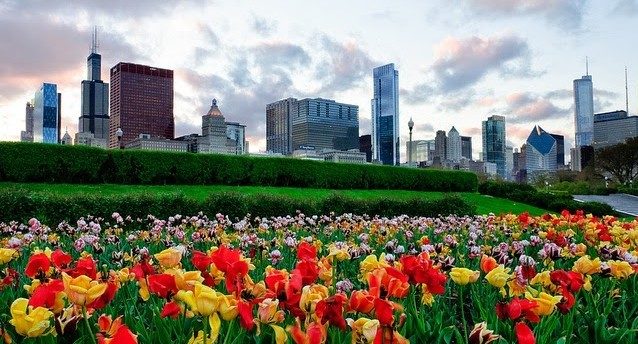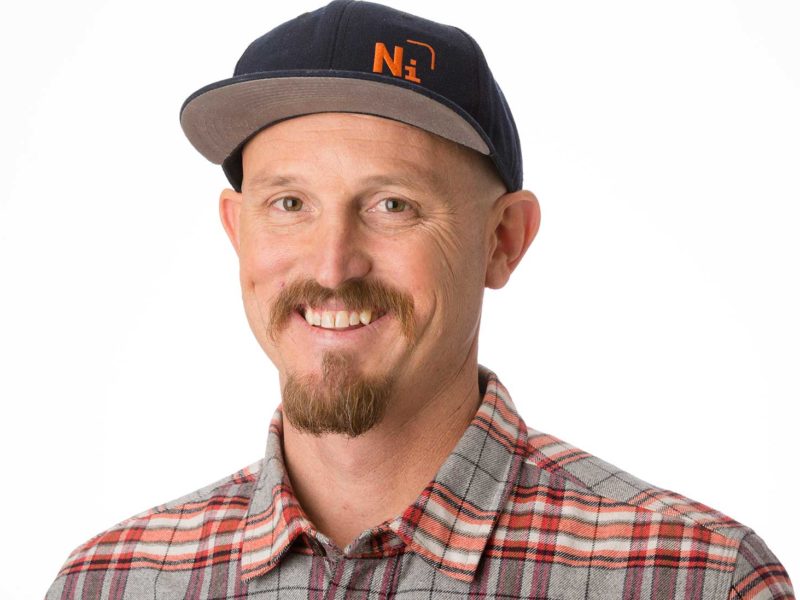
CIW Q&A: Redmoon Theater’s Jim Lasko
Go behind the scenes at The Great Chicago Fire Festival in an interactive CIW Lab on September 10. Learn more and purchase tickets here.
Redmoon Theater’s Jim Lasko is a civic-minded artist with a central goal in mind: to put Chicago’s strengths, resiliency and unique culture on display. Central to that goal is the upcoming Great Chicago Fire Festival, which will culminate October 4 with a fire display on the Chicago River and which celebrates “Chicago’s epic resurgence and strength after the Great Fire of 1871”. We talked to Lasko about his creative vision for The Great Chicago Fire Festival, Redmoon Theater and our city as a whole.
You have been at Redmoon Theater for 23 years, starting as a Co-Artistic Director for the theater. How has your artistic vision for the theater changed over time?
I will admit that that has changed over time for sure. Originally, we had a very exciting visual style that was primarily based in puppetry and pageantry, and over the years it’s become a much more mechanized and device-centered aesthetic that’s more civically engaged.
Today, Redmoon Theater focuses on events that engage the public and are held in open spaces. What is it like to put on an event in a public space rather than in a theater?
The form we were excited about, the form we were working in had a real populist sensibility and that made it possible to take that form and put it into public space and move it out of the theater and into the real world as it were. [This is a much more] challenging space because theater is designed for the maker to have total control over the elements: the lights, the sound, which way the eye moves on the stage, all of that stuff is designed with the theater space. If you’re in public space, none of those controls are there. You don’t know where people are going to be seated. You don’t know what other sonic elements are going to be involved. You don’t get to control the light or even the weather. We had to adapt and change the aesthetics to get there, but I think we have developed a unique and exciting form as a result of trying to meet those challenges.
Certainly, if we’re talking Redmoon events in public spaces—and the challenges inherent in those types of productions—we have to mention The Great Chicago Fire Festival.
That is by far the biggest and most exciting collaboration we’ve ever engaged in. We’re dealing not only with those challenges that you [mention], but we’ve collaborated with 38 different community-based organizations and probably 7 different governmental agencies and [at least] 3 federal agencies. The amount of collaboration and communication and consensus building has been enormous. Those are challenges but there also incredible opportunities. You don’t get to perform on the Chicago River without having met those challenges, and that’s what makes it such an exciting project really.
Why do you think it’s important to put on a large-scale event like the Great Chicago Fire Festival? What are you trying to convey to the public with the event?
We have an amazing city. There’s a disproportionate amount of attention given to the very important but sensational stories of corruption and violent crime and homicide. I’m not saying that those don’t need to be covered, but they don’t need to be the only stories told. There are other stories that need to be told about the brilliant artists that live in the city and the everyday people who heroically go to work everyday and meet the challenges of their lives and overcome those challenges and celebrate one another. I think this is a celebration of Chicago: It’s a celebration of its artistry. It’s a celebration of its citizenry. It’s a celebration of our grit and resilience. I think that is a really vital and important story to be told and to be felt by the city and ultimately it needs to be part of who we are.
In 2009, you became the city of Chicago’s first Artist-in-Residence. How did that position influence the development of the Great Chicago Fire Festival?
That was a really exciting opportunity that was really in some ways ultimately the seed of the Great Chicago Fire Festival…. I had worked with the previous Commissioner of Public Affairs, Lois Weisberg, and we were trying to think really about what a unique spectacle celebrating Chicago might look like, as an adjunct to the Olympic bid. [We were] trying to think about: How do we want to show our city to the nation and the world when the Olympics come? That was really the job and in many ways the seeds that were sown during that time with the Artist in Residency became the Great Chicago Fire Festival that we’ll be seeing in October.
What was your primary focus in your work and research during the residency?
I spent a lot of time really thinking about the challenge of how to celebrate Chicago. I thought a lot about the different mappings and ways that Chicago could be seen—not only by neighborhood, but by fire district, by poverty zone, by cultural districts, etc. It was really a kind of study of Chicago: its assets and its deficits. The challenge of who are we uniquely and how do we celebrate that for the world to see was really what I was doing at that time.
How do you see the Great Chicago Fire Festival and the way it celebrates our city evolving in the coming years?
We hope that this is Chicago’s Mardi Gras. We hope that this is an annual event. What’s most exciting for us is that we would have created platforms for many different kinds of artistic collaborations and neighborhood collaborations. We hope to really expand our group of collaborators in the coming years quite a bit.
Q&As are edited for clarity and length.
Q&As are edited for clarity and length.





